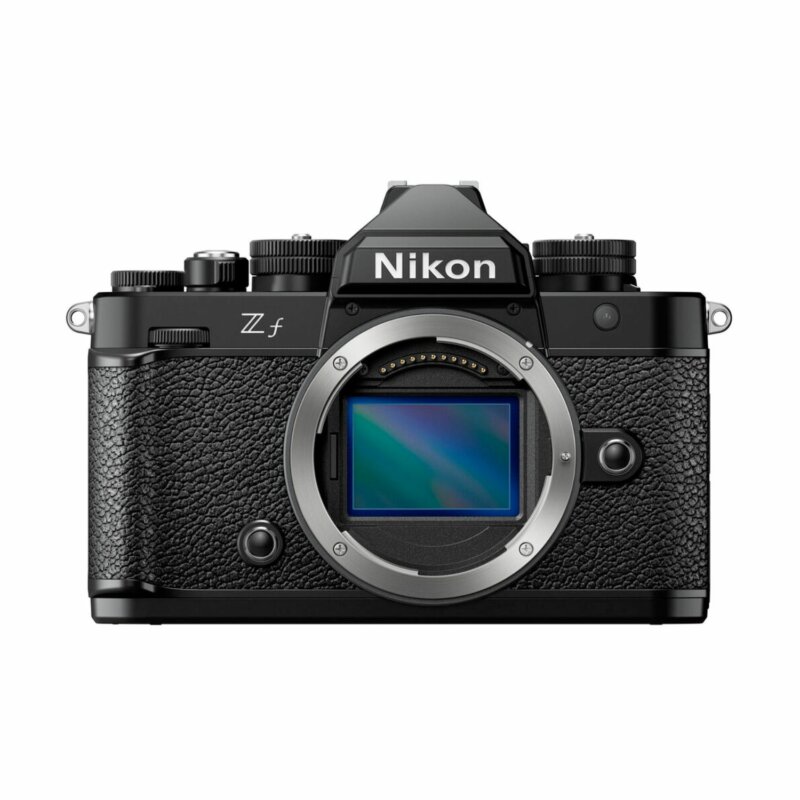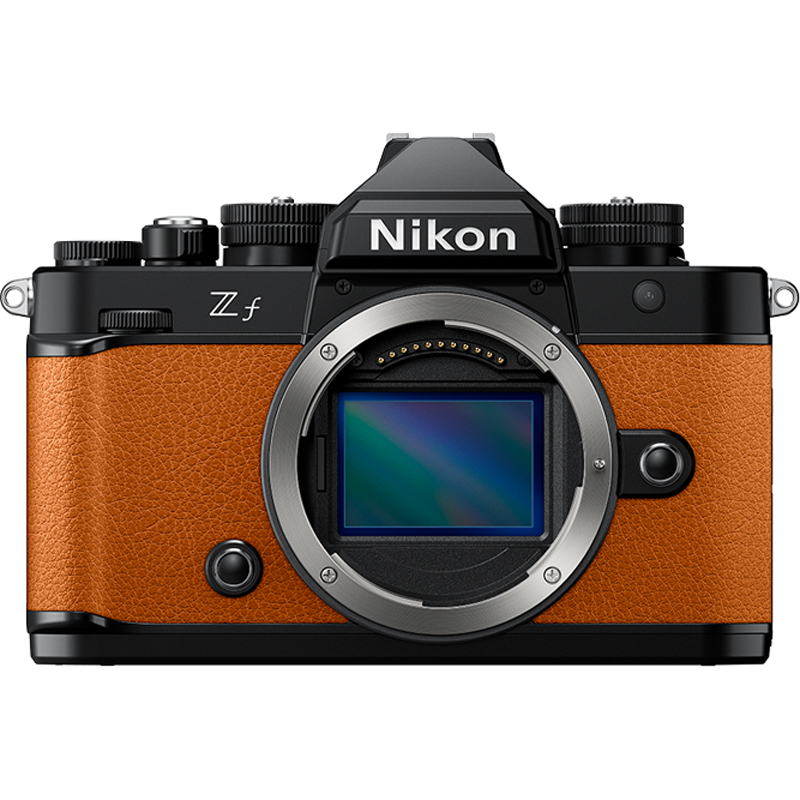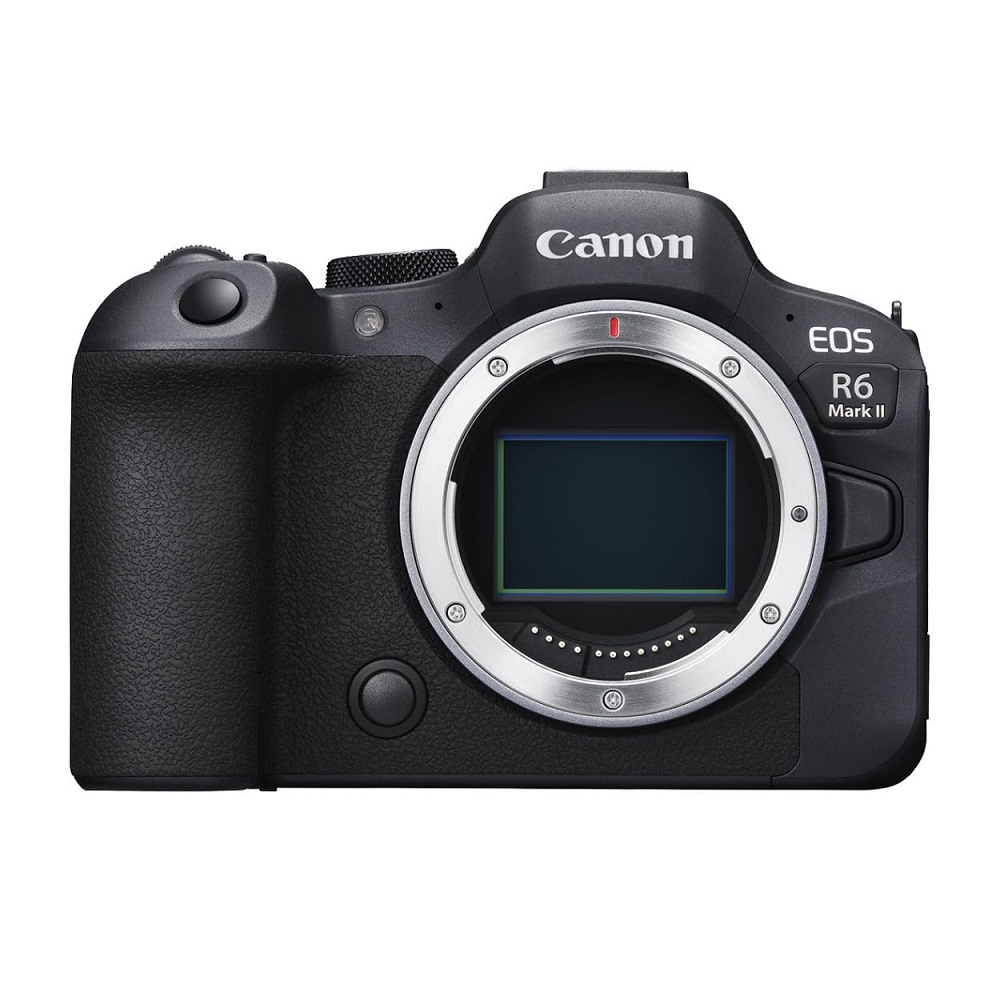Introduction to Mirrorless Cameras
Digital photography has forever changed with the introduction of mirrorless cameras. These innovative devices offer a distinct approach to capturing images. They differ from traditional DSLRs in some key aspects. Mirrorless cameras are typically smaller and lighter, which makes them very appealing for photographers on the go. They lack the bulky mirror mechanism found in DSLRs. This means they use digital displays, rather than optical through-the-lens viewfinders. Understanding what a mirrorless camera is can help photographers make informed decisions about their gear.
The heart of a mirrorless camera is its digital imaging sensor and the electronic viewfinder (EVF). Without the mirror system, light passes directly onto the sensor when you take a picture. This setup allows for more compact camera designs. It also provides real-time digital previews of your shots. Many models now boast features that were once exclusive to DSLRs. These include high image quality, interchangeable lenses, and advanced autofocus systems. Whether you’re an amateur or a pro, the mirrorless camera could be a game-changer in how you capture the world.
Evolution from SLR to Mirrorless Cameras
The shift from SLR to mirrorless cameras marks a significant change in photography history. SLRs, or Single-Lens Reflex cameras, have long been the gold standard for professionals and hobbyists alike. They use a mirror and prism system for the user to see exactly what the lens captures.
As digital technology advanced, a new breed of cameras began to emerge. Mirrorless cameras, as the name suggests, shed the traditional mirror mechanism of SLRs. This elimination allows for a more compact design without compromising on image quality. Mirrorless models quickly gained popularity for their lighter weight and smaller size.
Mirrorless cameras bring a host of other benefits over their SLR predecessors. They offer enhanced video capabilities, often including 4K and even 8K video recording. With fewer mechanical parts, they perform more quietly, an advantage in discreet or quiet environments. Many also provide faster shooting speeds enabled by their electronic shutters, surpassing the frame rates of most SLRs.
Photographers looking to understand what mirrorless cameras mean for the future need only look at their fast adoption rate. Top camera brands are increasingly focusing on mirrorless technology, recognizing its potential to shape the industry. This shift is part of why understanding the evolution from SLR to mirrorless cameras is essential for both photography enthusiasts and professionals.

Defining a Mirrorless Camera System
A mirrorless camera system is a digital camera with interchangeable lenses, lacking a reflex mirror. This design leads to a lighter, more compact body. These cameras contain an electronic viewfinder (EVF) instead of the optical viewfinders of DSLRs. The removed mirror allows for a straight pathway for light from the lens—to the sensor—to the EVF.
Mirrorless systems use advanced imaging sensors similar to those in DSLRs. The sensor’s size can vary, including full-frame, APS-C, and more. The primary difference lies in the camera’s inner structure. Without the mirror box and optical viewfinder, mirrorless cameras tend to be sleeker.
In summary, ‘what does mirrorless camera mean’ translates to a camera with the flexibility of changing lenses, excellent image quality, a smaller size, and innovative focus and preview technology. Understanding this can influence the choice of gear among photography enthusiasts and professionals alike.
Comparing Mirrorless Cameras and DSLRs
When debating between mirrorless cameras and DSLRs, understanding the key differences is crucial. Mirrorless cameras, known for their compact frames, are smaller and lighter than DSLRs. This makes them ideal for photographers who travel often or prefer less bulky equipment.
DSLRs have been the go-to choice for many years. Their design includes a mirror mechanism and optical viewfinder. This setup reflects the image into the photographer’s eye, a process absent in mirrorless cameras.
One notable difference lies in the autofocus systems. DSLRs often use phase-detection autofocus while mirrorless cameras commonly employ contrast detection or hybrid systems. Hybrid systems combine the best of both and are becoming more popular.
Mirrorless cameras boast advanced video features, with many models offering 4K and even 6K or 8K recording. Earlier DSLR models sparked a revolution with video capabilities, but mirrorless cameras have extended those advancements.
Lens availability used to favor DSLRs, but now the gap is closing. Many mirrorless cameras can use DSLR lenses with adapters. Brands like Canon and Nikon provide such adapters, making the transition easier for existing DSLR users.
Mirrorless cameras also have electronic viewfinders (EVFs) which give a digital preview of the image. In the past, EVFs had lower resolution and performed poorly in low light. Now, EVFs are greatly improved, offering sharp and bright displays.
The choice between mirrorless cameras and DSLRs comes down to personal preference and intended use. Mirrorless is suited for those valuing portability and modern video tech. DSLRs may appeal to traditionalists and those indifferent to size and weight.
It’s not just about ‘what does mirrorless camera mean’ in technical terms. It’s about how these cameras fit into your photography lifestyle and your specific needs. Understanding this helps you decide which type—the mirrorless or the DSLR—is the right tool for your creative expression.

How Mirrorless Cameras Work
Mirrorless cameras have a unique way of capturing images that sets them apart from DSLRs. The light from the lens goes directly to the image sensor, showing previews on the LCD or electronic viewfinder (EVF). As there’s no mirror flipping, shooting is quieter and you get a real-time view of the scene.
Autofocus Mechanisms in Mirrorless Cameras
Mirrorless cameras use advanced autofocus (AF) systems. These include contrast detection and phase detection, or a hybrid of both. Contrast detection measures pixel contrasts on the sensor for focusing. Phase detection splits light to analyze image pairs. Hybrid systems mix both for fast and accurate autofocus. Most mirrorless cameras allow for heaps of AF points.
Electronic Viewfinder Advantages
Electronic viewfinders, or EVFs, are a key feature of mirrorless cameras. They let you see your photo in real time, even in low light. EVFs now have high resolution and offer clear, bright views. They have changed from a weak point to a strength of mirrorless cameras. With an EVF, what you see is what you get, giving you a true preview of the final image.
Benefits of Using Mirrorless Cameras
As technology advances, mirrorless cameras stand out for a variety of reasons. For photographers and videographers, there are several notable benefits that come with using mirrorless cameras. Whether you are traveling light, creating videos, or capturing fast action, these cameras might be a perfect fit.
Portability and Size
Mirrorless cameras offer outstanding portability thanks to their compact size. Without a reflex mirror or optical viewfinder, these cameras are slimmer and lighter. This makes them a favorite among photographers who travel often or enjoy street photography. They are easier to carry around all day, from bustling cities to quiet nature trails.
Advances in Video Quality
Video quality in mirrorless cameras has seen significant advancements. Many models now feature 4K video recording, and some even offer 6K or 8K. This high resolution allows for crisp, clear footage, perfect for filmmakers and content creators. The video autofocus tends to be quick and reliable, often outperforming DSLRs.
High-Speed Shooting Capabilities
The electronic shutter in mirrorless cameras allows for high-speed shooting. This capability is ideal for capturing fast-moving subjects like wildlife, sports, or bustling street scenes. Many mirrorless cameras can shoot at 30 frames per second or more. This feature ensures you won’t miss the perfect shot in a fast-paced environment.

Selecting the Right Mirrorless Camera for You
Choosing the right mirrorless camera hinges on several factors. It’s not just about price or brand, but also about what features will meet your needs. To select wisely, consider what does mirrorless camera mean for your photography.
Assessing Your Photography Needs
Start by pinpointing what’s most important to you. Do you need a camera that’s great for travel, or are you more concerned with video quality? If you value high-speed shooting for sports or wildlife, make sure the camera has a fast frame rate.
Understanding Sensor Sizes
Mirrorless cameras offer various sensor sizes – full-frame, APS-C, and Micro Four Thirds. Full-frame is best for low light and depth of field control. APS-C is a middle ground, and Micro Four Thirds offers great portability and a wealth of lens choices.
Considering Lenses and Accessories
Reflect on the lenses you might need. Wide aperture lenses are key for shallow depth and poor lighting. Also, check the availability of accessories like batteries, cases, and mounts for your chosen brand.
Video Capabilities
If filming is your focus, look for 4K or higher video resolution. Some mirrorless cameras now offer up to 8K, which is ideal for professional-grade productions. Check the autofocus performance during video recording as well.
Budget Planning
Mirrorless cameras span a wide price range. Decide on your budget and balance it with the features you find essential. Remember, investing in good lenses might be more beneficial than getting the most expensive body.
The Importance of the EVF
Consider the quality of the electronic viewfinder (EVF). A good EVF can be crucial for shot composition and exposure assessment, especially in bright or dark environments.
By considering these points, you’ll be closer to finding the mirrorless camera that’s right for you. Remember, it’s not the camera that makes the photo, but rather how you use it to capture your vision. Choose a tool that aligns with your creative needs.
Leading Mirrorless Camera Brands and Models
When considering what does mirrorless camera mean for your photography, brand and model choice is vital. The market offers a range of options, each with unique features catering to different needs. Below we highlight the top brands that lead the way in mirrorless camera technology:
- Sony has been a pioneer in mirrorless camera technology, setting high standards with its Alpha series. Models like the Sony A7R IV boast high resolution and advanced autofocus systems.
- Canon entered the mirrorless race with its EOS R series, providing remarkable full-frame sensors and impressive video capabilities. Their Canon EOS R5 is known for its 8K video performance.
- Nikon offers the Z series, focusing on blending traditional handling with modern mirrorless design. The Nikon Z7 II is celebrated for its image quality and user-friendly experience.
- Fujifilm is popular for its X series cameras which stand out with their retro design and exceptional color reproduction. The Fujifilm X-T4, for example, is a hit among photographers for its style and performance.
- Panasonic and Olympus have won many fans in the video and wildlife photography communities. Their mirrorless cameras, such as the Panasonic Lumix GH5 and Olympus OM-D E-M1 Mark III, are equipped with robust video features and in-body image stabilization.
- Finally, Sigma is known for compact and efficient designs. Their Sigma fp series is recognized as one of the smallest full-frame mirrorless cameras available.
Each brand brings something unique to the table. Hence, understanding what does mirrorless camera mean when it comes to brand-specific features is essential. Make sure to consider the lineup of lenses and accessories available for each to ensure that you have all the tools you need for your photography journey.
The Professional Perspective on Mirrorless Cameras
When it comes to professionals and what does mirrorless camera mean for their work, the views vary. Many have embraced mirrorless for the benefits they bring. The lighter and more compact bodies make mirrorless cameras a top choice for photographers on the move. They’re great for on-location shoots, where weight and space matter.
Professionals also note the silent operation of mirrorless cameras. This feature is a boon in settings where noise should be kept to a minimum. Think of wildlife or on-set photography, where the silent shutter is key.
For video, mirrorless is often the winner. With high-quality recording options like 4K to 8K, they fit the bill for serious filmmakers. Recent models boast impressive video AF technology, providing smooth, crisp footage.
Still, some professionals hold onto their DSLRs. They prefer the optical viewfinder’s natural feel and longer battery life. Lenses and accessories already in their kit also play a role. DSLRs have a place in studios or where the camera’s added heft ensures stability.
Many photographers use both systems. They choose mirrorless for travel and quieter moments, and DSLRs for certain studio work. Professionals value flexibility, and having both types of cameras allows for more creative control.
To sum up, mirrorless cameras offer advantages that professionals appreciate. They know how to leverage mirrorless technology. Yet, they do not completely replace DSLRs in all aspects of photography. It all comes down to the job at hand and personal choice.
